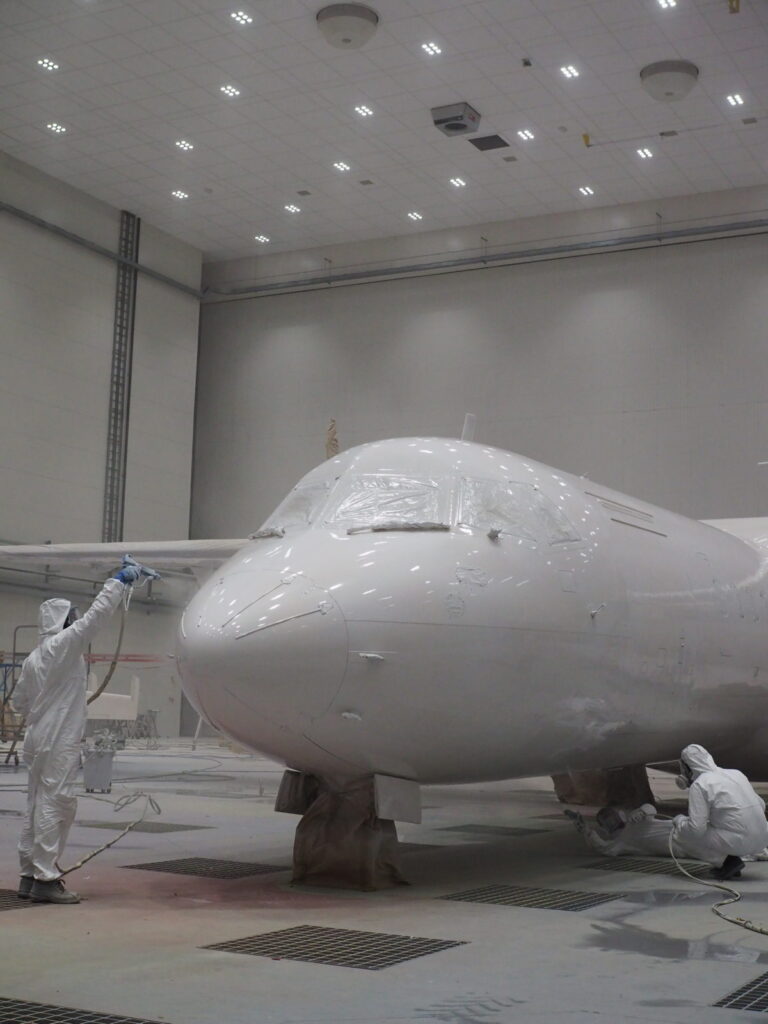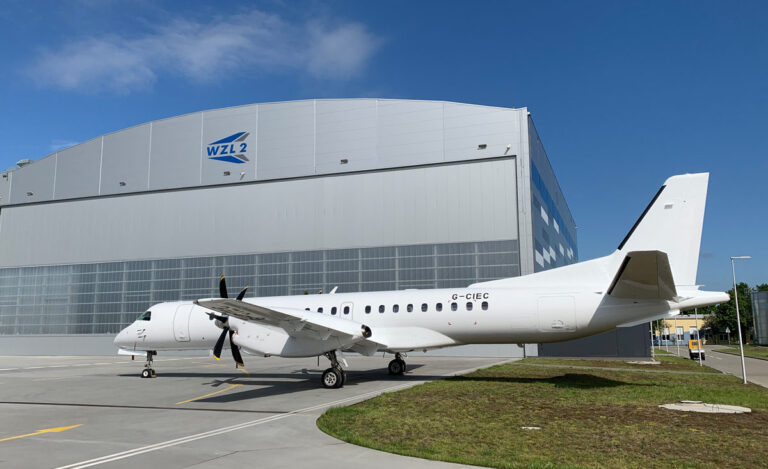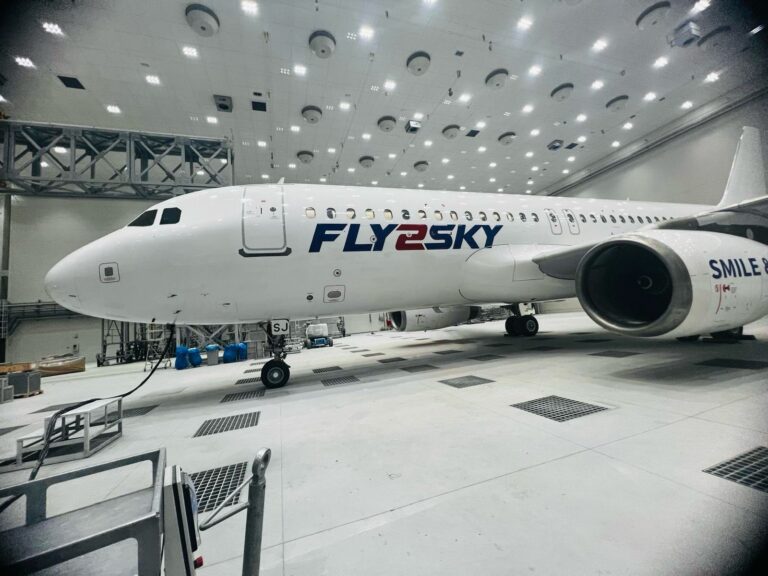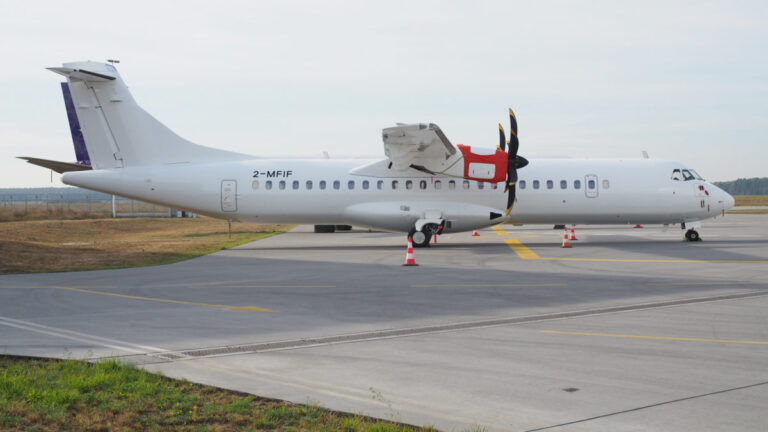Undoubtedly, modern aviation painting is the most pleasing visual effect presenting an airplane in a good condition.
Along with modernization of airplanes, new painting trends have developed in the aviation industry. The fashion for new colours spreads among operators i.e. airlines, governments, air forces and private owners. Airplane colouring consists of a set of graphic and typographic insignia, specified styles and colours, the aim of which is to distinguish the aircraft from many others. The bigger the plane, the bigger the logo. Without a doubt, fuselage and control surfaces represent marketing with a capital M because of a range and number of potential customers.

Another trend is modelling aviation painting on the car paints by the use of a bigger number of colours and effects. Actions of airlines aiming at brand reinforcement have led to significant progress in developing new colours and special effects. As a result, a wide range of aviation paints is now available.
Accelerating the process
The significant progress has been made in terms of shortening the time needed for airplane painting. The main driving force for a paint shop is to find additional manufacturing capacity by shortening the overall application time as the productivity increases. It can be achieved due to the technology facilitating faster drying of base coating which enables application of many colours in the same time that would be needed for drying of one colour in traditional systems. For airlines, reducing the time of application process means reducing the time of airplane stop.
Repairs of paint coating
New systems are also resistant in a wide range of environmental conditions and they can be easily repaired during the painting process. Application properties remain unchanged, without tendency to damp patches or orange peel.
Paint coating life extension
Paint coating life is constantly improving due to new technologies whereas requirements of polish and colour preservation are increasing. Painting systems from 20 years ago would not survive longer than several years by today’s standards, whereas new paint coating systems last from 7 to 10 years, depending on the conditions and region in which the aircraft operates. More abrasive and humid environments will have shorter paint life in comparison to those which does not have such problems.
New painting technologies enable more efficient and environment friendly application. Currently used paints increase efficiency by extending the life of applied paint, have better corrosion resistance, reduce airplane weight, add unique functionality and provide more creative and long-lasting options for complicated graphics.
Besides visual effects, modern paint coatings have to fulfill specified functions. Present-day paints extend operational life, improve polishability and provide smoother surface which facilitates its cleaning. The important feature is also solar heat management of topcoat paint which reflects solar radiation and maintains proper temperature inside and outside an aircraft when it stands on the ground, as well as coatings reducing airplane air drag and consequently fuel consumption.
Using appropriate primers ensures excellent protection against corrosion of airplane plating metal parts. New primers are environment friendly.
Paint manufacturers are constantly developing and introducing new materials increasing functionality of paint coatings in the aviation industry. Our paint shop follows the current trends and keeps in constant touch with paint manufacturers in order to meet customer’s expectations.
Author: Anna Kistowska





